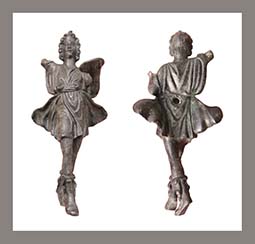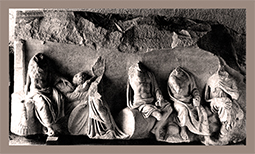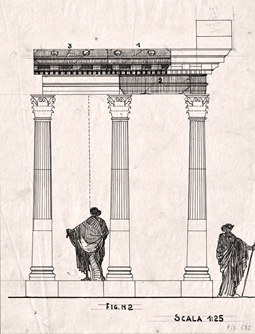Author: Y. Brokalakis
Download article as .pdf: Introducing new gods and new domestic cult practices: on Lar statuettes and bronze figurine assemblages from Roman Greece and Asia Minor
 The publication of a new bronze statuette kept in the Archaeological Museum of Herakleion on Crete provides the opportunity to collect the testimonies of these figurines from Greece and Asia Minor and address the issues concerning the original use and the patterns of display of the statuettes, as well as the issues regarding the formation of the bronze figurines assemblages. The Lar statuettes attested, either as single finds or as part of bronze statuette groups, are not inevitably connected with the ethnic identity of the household owners. They are rather related to the personal choices made within the framework of adopting a new Roman practice; that is of gathering bronze figurines in order to designate a domestic cult place.
The publication of a new bronze statuette kept in the Archaeological Museum of Herakleion on Crete provides the opportunity to collect the testimonies of these figurines from Greece and Asia Minor and address the issues concerning the original use and the patterns of display of the statuettes, as well as the issues regarding the formation of the bronze figurines assemblages. The Lar statuettes attested, either as single finds or as part of bronze statuette groups, are not inevitably connected with the ethnic identity of the household owners. They are rather related to the personal choices made within the framework of adopting a new Roman practice; that is of gathering bronze figurines in order to designate a domestic cult place.


